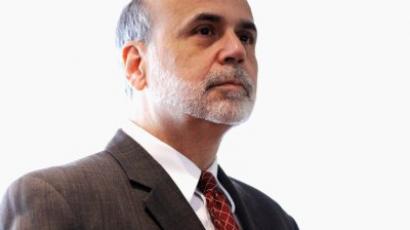Tsunami of debt: Japan faces costs of credit

While the world’s attention has been focused on the eurozone debt crisis, Japan’s borrowing has hit a record high of 235% of the country’s GDP. The prospect of going down credit rating ladders as its debt costs increase is hanging over the country.
According to the OECD, 2012 will see the highest level of debt repayments among the developed nations. Japan will have to extinguish $3 trillion of debt, with over 40% of the sum to be paid in Q1 2012. The 2012 budget stands at $1.16 trillion , while 49% of the planned revenues are comprised of new loans and 25% of expenditures will be spent on debt servicing. The cost of borrowing is not high for Japan (the yield of 0.95% for 10-year bonds), as the nation’s debt is mainly domestically held. Insurers, pension funds and banks are holding 95% of the country’s debt. However, high concentration of debt among domestic lenders makes it difficult for the government to make further borrowings. The Public Pension Fund of Japan and Post Bank are holding 35% of the country’s debt. Experts believe that in 2012, Japan will have to increase borrowing from abroad, which will inevitably lead to an increase in debt costs. Interest rates could also go up if credit rating agencies lower the Japanese risk profile. In January 2011, S&P downgraded Japan to AA- from AA, for the first time since 2002. In August 2011, Moody’s also downgraded the country by one notch to Aa3. In September 2011, Fitch’s Andrew Colquhoun said the agency would reduce the credit rating of Japan in the next two years. In February 2012, S&P's reaffirmed Japan’s credit rating with a negative outlook. According to the agency, large budget deficit, high debt burden, deflation, and aging population make the rating look low. In 2011, Japan’s GDP decreased 0.9%. The country had a trade deficit of $32 billion for the first time since 1980. However, some take the situation optimistically, saying that an ageing population has a positive impact on the Japanese finance due to their tolerance towards risk taking: low taxes provide an opportunity to fill the gap in the budget at the expense of a possible rise in tax rates; and $1 trillion in foreign currency reserves would let the Central bank act as lender of last resort.














